






PR20 Ultrasonic Pulse Generator and Receiver
Key words:
Product Classification:
- Product Features
- Applications
- Technical Parameter
- Standard Configuration
-
Product Advantages
Maximum bandwidth 20MHz
Internal trigger of repetition frequency:
8 adjustable levels (4Hz-2KHz)
Pulse width adjustable from 1 to 40 times (1 time is approximately 28ns)
8 selectable transmission voltages, up to 400V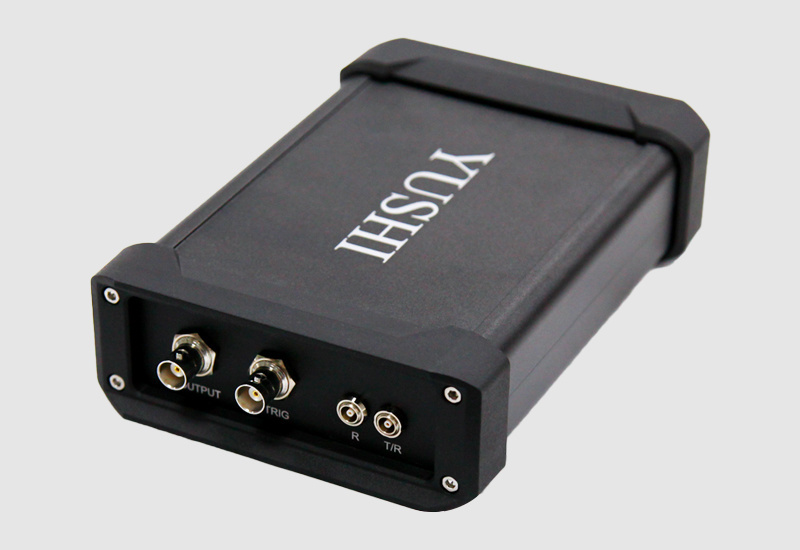
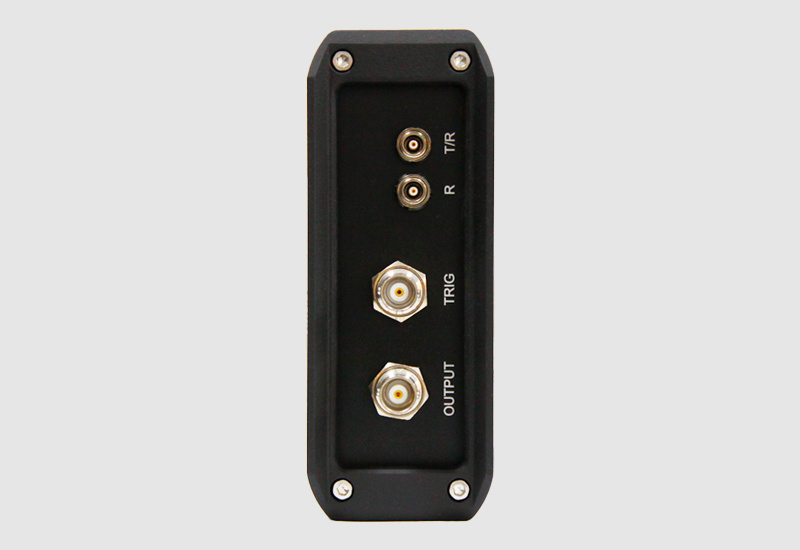
Product Advantages
Multi-level adjustable damping value
Supports one-transmitter-one-receiver modeand pulse echo mode
60dB receiving gain rangeReplaces traditional pulse generation and reception devices
PR20 Pulse Generator and Receiver
Developed and produced by Shenyang Yushi Pioneer, the PR20 is a high-performance ultrasonic pulse generator and receiver controlled by a computer. The instrument connects to a computer and an oscilloscope and can assist in ultrasonic flaw detection, thickness measurement, and ultrasonic transducer testing. It has a wide range of Applications in non-destructive testing and material analysis.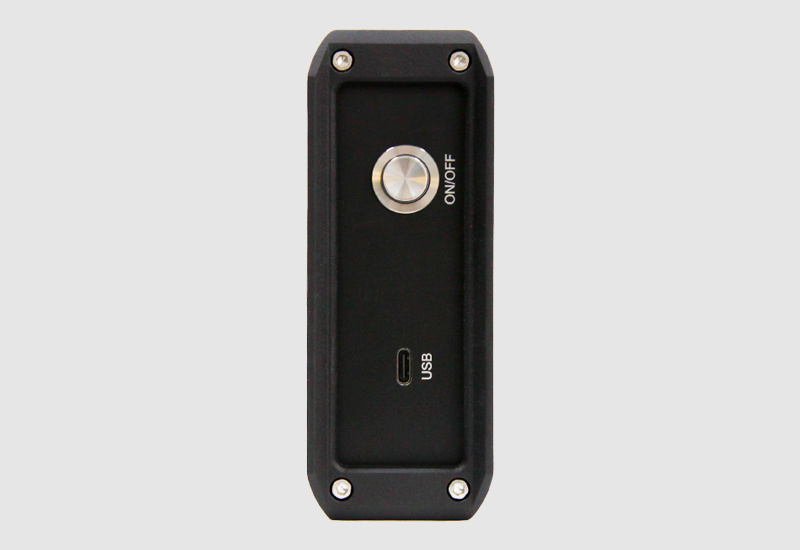
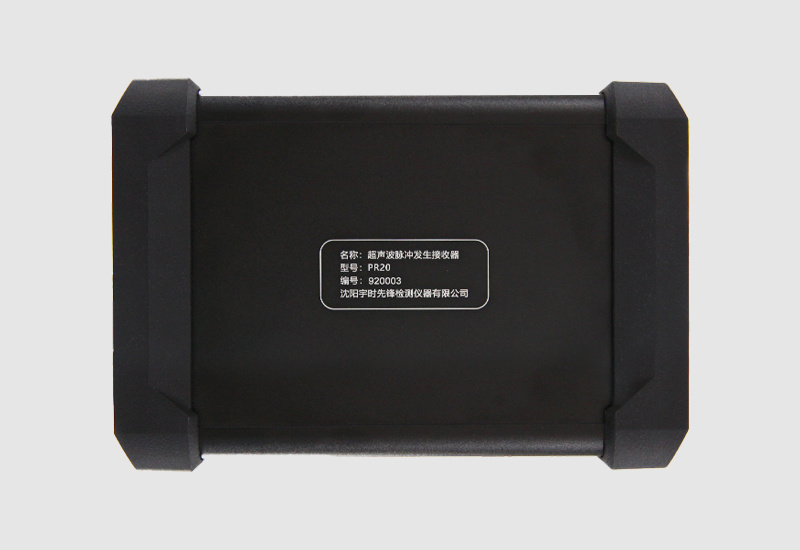
Host Specification
External Dimensions
18.4cm*12.6cm*5cm
Weight
542g
Operating Temperature
0-55℃
Testing Platform
Building an ideal testing platform
The pulse generator and receiver connects to a computer and an oscilloscope. Using the instrument's built-in control software, ultrasonic flaw detection, material thickness measurement, probe performance analysis, and material property analysis
can be performed.
In addition, with specialized ultrasonic transducer testing software, an ultrasonic transducer testing system can be built.
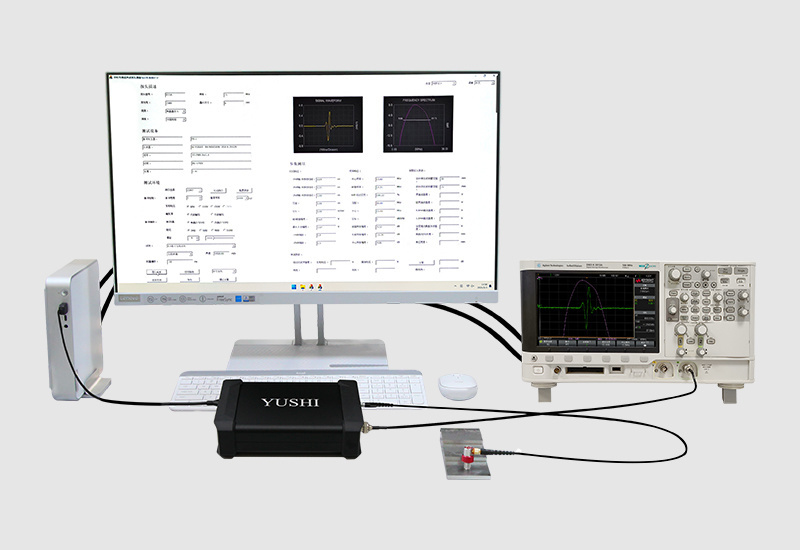
-
Application of the testing platform in fields such as non-destructive testing
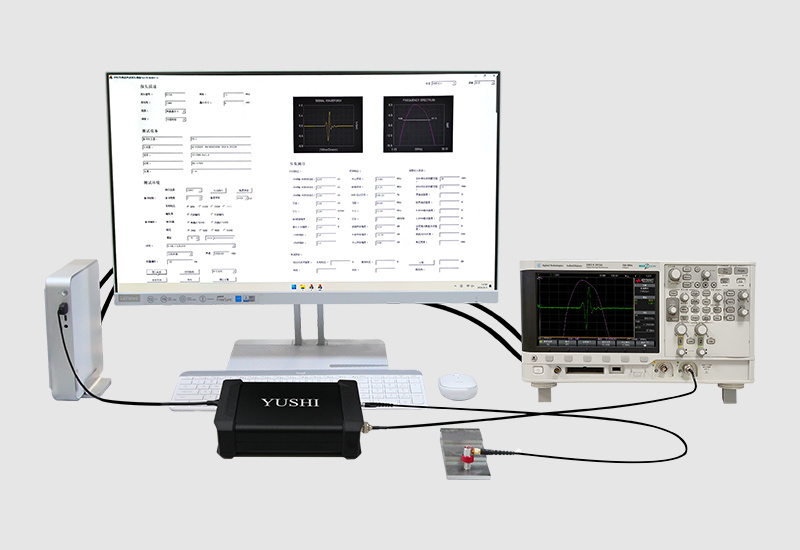
Probe Performance Testing
In the ultrasonic testing process, the probe plays a very important role. The quality of the probe directly affects the accuracy and reliability of the flaw detection results. The testing platform can measure and analyze the time-domain and frequency-domain responses of the echo signal from the probe in the working state.
Material Analysis
Using the ultrasonic pulse reflection principle, the mechanical properties and quality of the material are evaluated by measuring the speed of ultrasonic waves propagating in the material. It is widely used in the field of materials engineering, especially in material evaluation and quality control.
Ultrasonic Flaw Detection and Thickness Measurement
Using the ultrasonic pulse reflection principle, the waveform is measured and analyzed. Flaw detection is used to determine the presence, size, and location of defects. Thickness measurement can obtain the workpiece thickness through the known material sound velocity and the time interval between two echoes.

-
Control Parameters
Control Parameters
Range
Step
Launch Area
Launch Voltage
60V, 110V, 150V, 200V, 250V, 300V, 350V, 400V
Selection
Pulse Width
1~40 (1x is approximately 28ns)
1x
Repetition Rate (Internal Trigger)
4Hz, 8Hz, 16Hz, 20Hz, 100Hz, 500Hz, 1kHz, 2kHz
Selection
Trigger Source
Internal Trigger, External Trigger
Selection
Receiving Area
Single/Dual Crystal
Single Crystal (1T/1R), Dual Crystal (1T/2R)
Selection
Damping
34Ω, 50Ω, 90Ω, 510Ω
Selection
Gain
0~60dB
1dB
Technical Parameters
Pulse Type
Negative Square Wave Pulse
Rise Time
Generally between 2.0-7.5ns, up to 20ns or more with 510Ω damping
Fall Time
Generally around 2.8ns
Pulse Width
1x pulse width is approximately 28ns
Bandwidth
0.5-20MHz
Excitation Mode
Pulse-Echo (P-E), Transmission (T-T)
Repetition Rate
Internal trigger: 4Hz-2kHz; External trigger: 0-20kHz
External Trigger
Rising edge trigger; Trigger voltage: 3.3V;
-
Host Specification
External Size
18.4cm*12.6cm*5cm
Operating Temperature
0-55℃
Weight
542g
Standard Configuration
Host PR20
1
Connecting Cable Q9-Q9
2
Communication USB Drive
1
USB Type-C / Data Cable
1
Control Software (Located in the USB drive)
1
Related Accessories
Product Inquiry
Official Account

Contact Us
Address: No.81 -43 Puhe Road, Shenbei New District, Shenyang City, Liaoning Province


